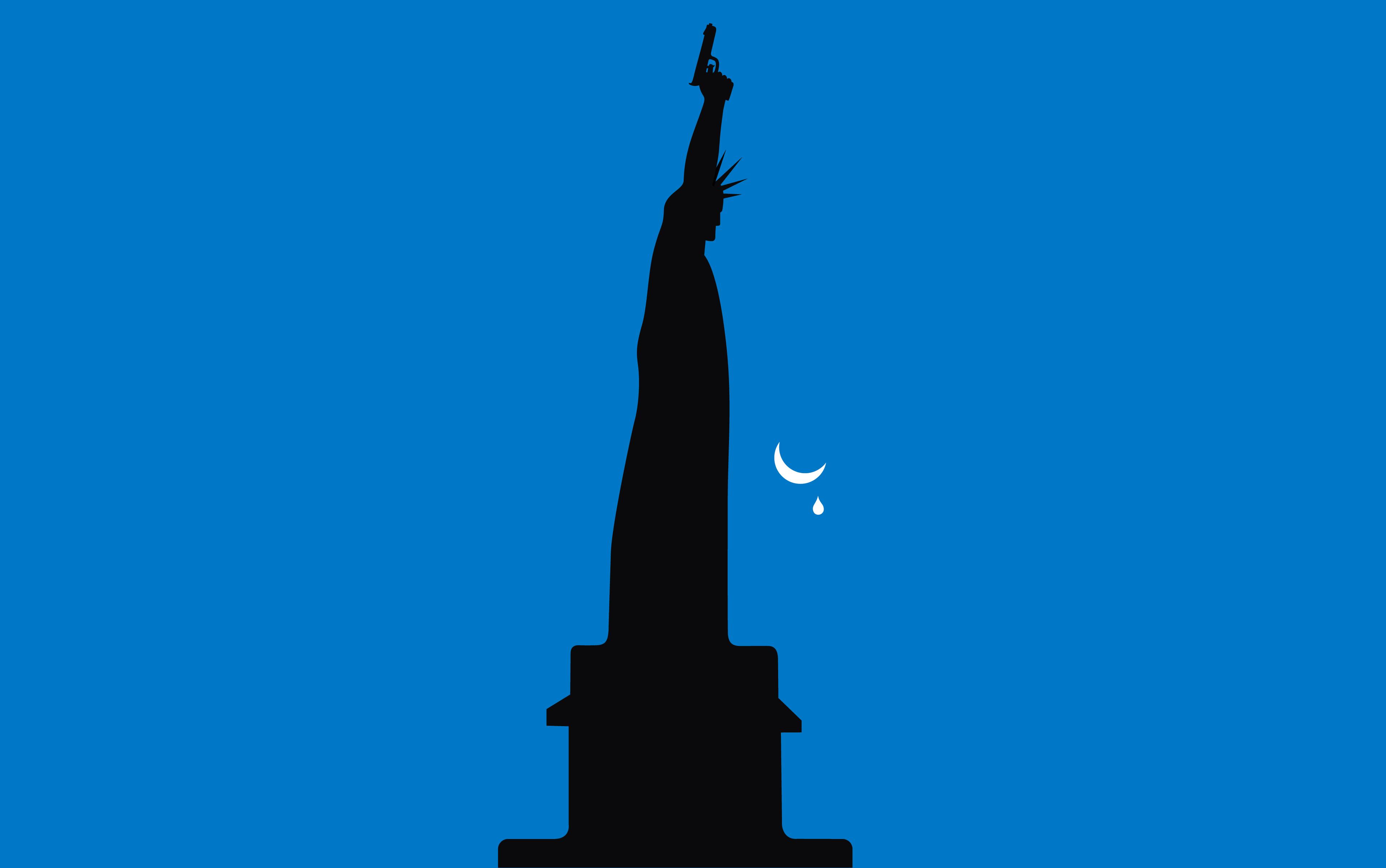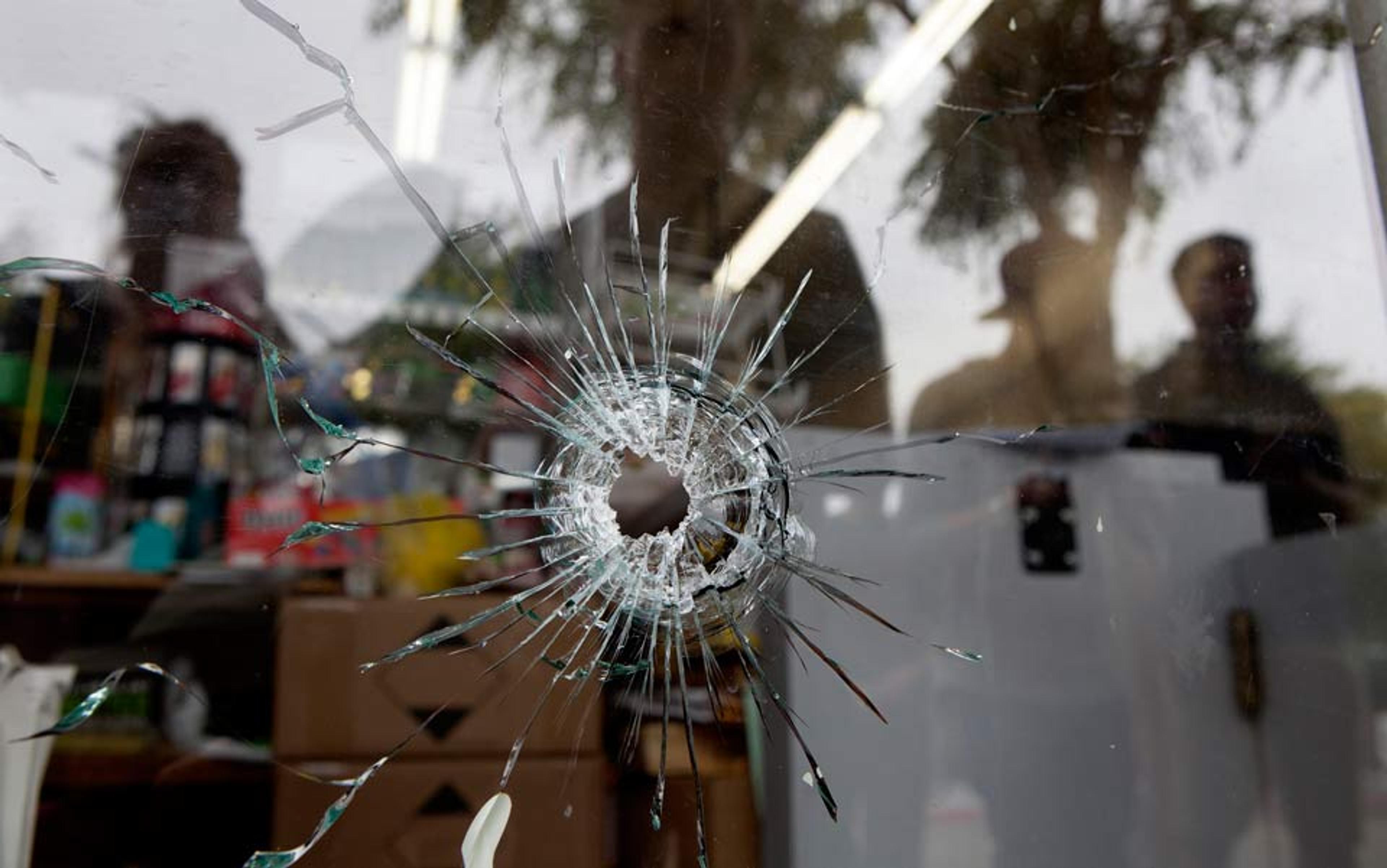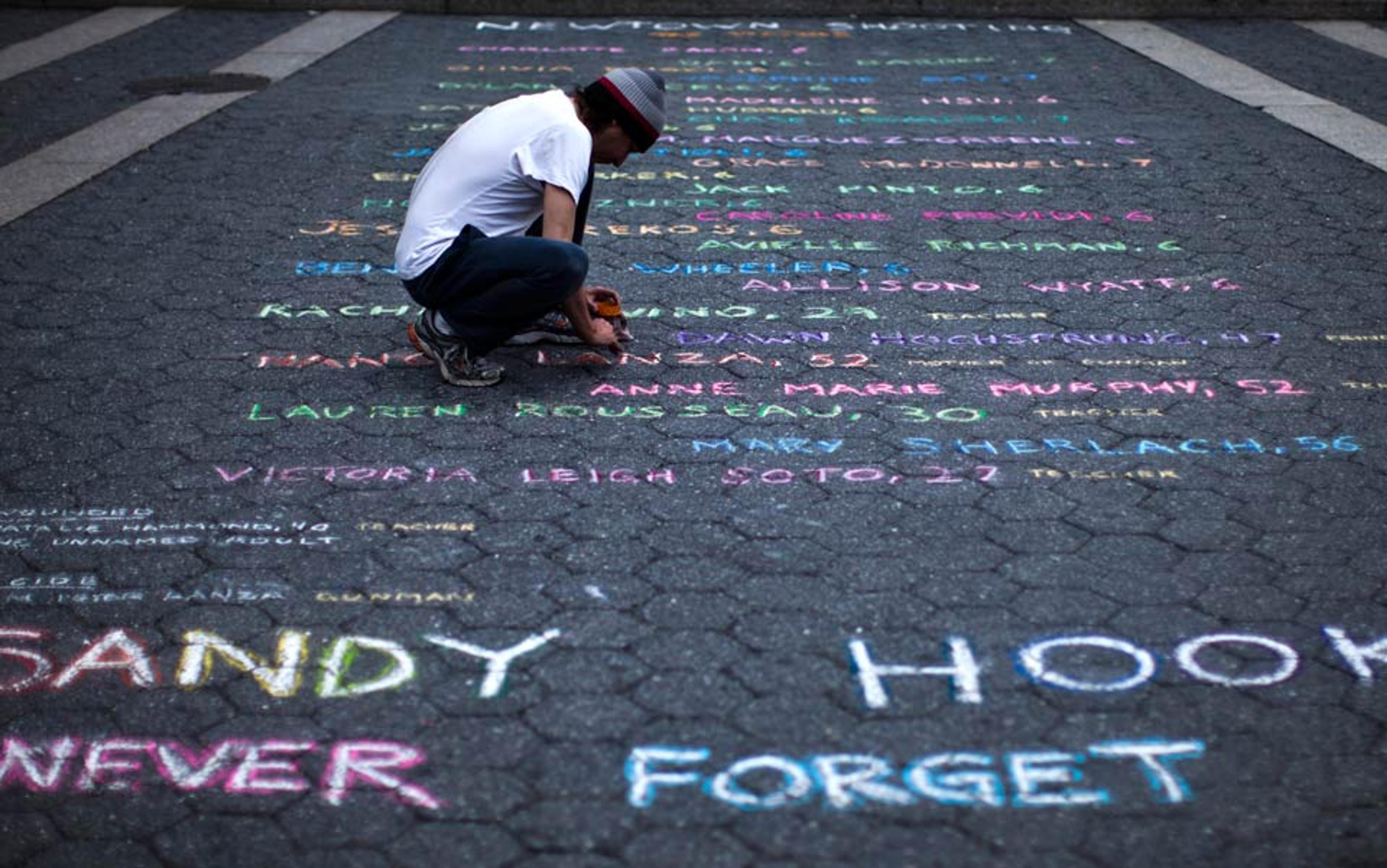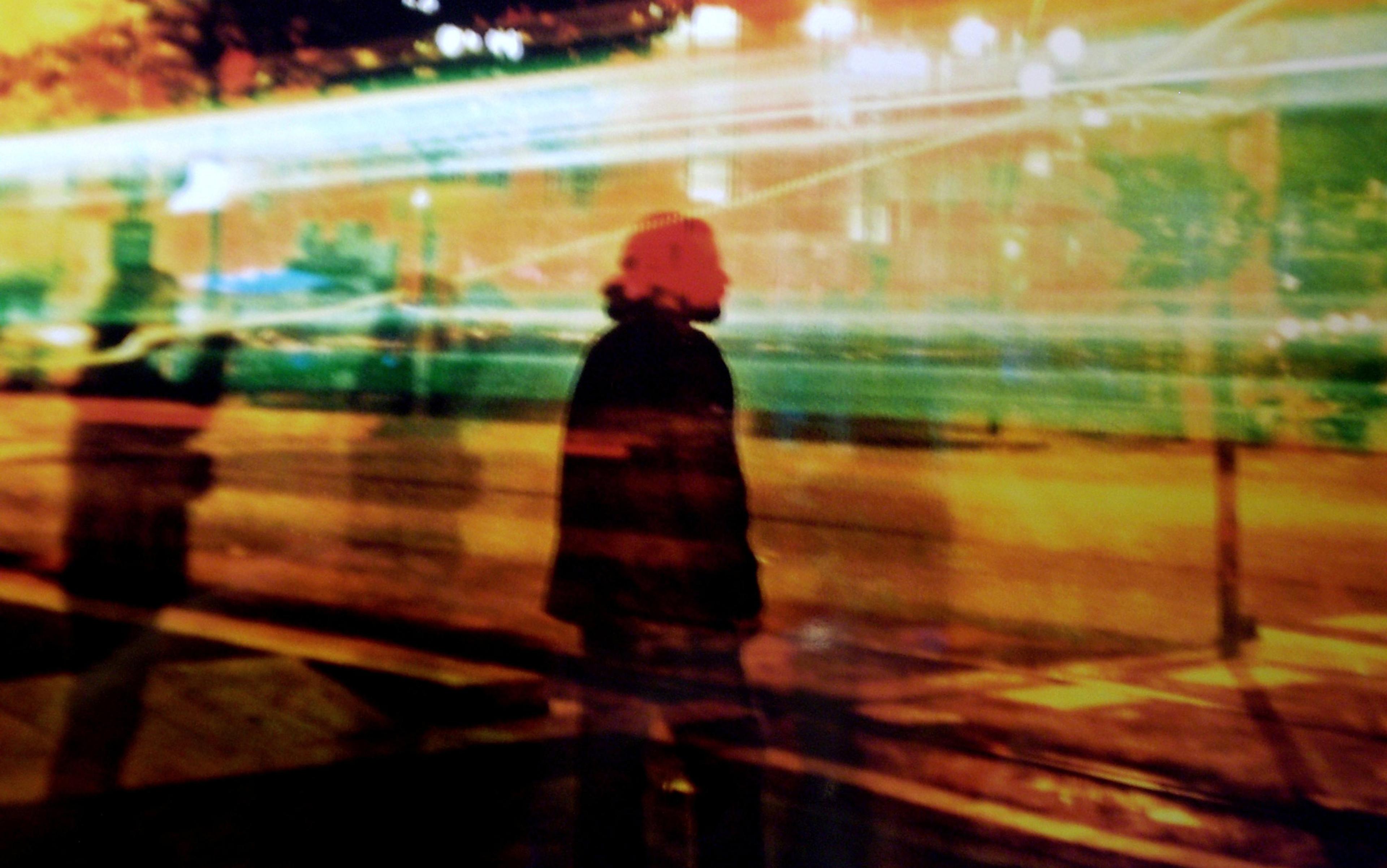The first gun massacre in Blacksburg, Virginia, probably occurred on 8 July, 1755, when a group of native Americans entered Draper’s Meadow and killed four settlers – probably, because there are no rules as to how many killings make a massacre, and because the number of victims is disputed. Some historians have placed the death toll at eight. Draper’s Meadow was a frontier settlement on the edge of Virginia, between the Blue Ridge Mountains and Allegheny Mountains. The natives attacked it, because they felt threatened by the tyranny of the English settlers, who viewed their common land as personal property.
Today, Blacksburg is a vibrant college town, one that is routinely named one of the best places to raise children. Its local university, Virginia Tech, is unfortunately associated with another widely known gun massacre. On 16 April, 2007, a student named Seung-Hui Cho shot two other students in a college dorm a few metres from Draper’s Meadow, before entering a campus building with two handguns and 400 rounds of ammunition. Once in the building, Cho proceeded classroom-by-classroom, finding and killing 27 students and five university staff before shooting himself. His rampage was the worst mass shooting – a category unto itself – in American history, and many people called for stricter controls on guns its wake. But America’s gun rights lobby offered a different take. They argued that the massacre could have been prevented if only someone else in the building had had a gun.
One of Virginia’s biggest supporters of ‘defending your right to defend yourself’ with a gun is the Virginia Citizens Defense League (VCDL). To raise awareness, they run a stall at Blacksburg’s annual crafts, food and music festival, Steppin’ Out. Last year, it was adjacent to a street gymnastics competition for children. As the kids lined up to perform their routines and tumble on the mats, VCDL volunteers milled around distributing brochures about gun safety and gun rights lobbying. They also doled out bright, round, orange stickers proclaiming, in bold, black lettering: ‘Guns Save Lives.’
People of all ages – teenage girls and boys, adult women and men, parents with families – sported the sticker. Some slapped it on their bare upper arms, while others pasted it on their shirts. Kids and dogs wore them, too, though it’s a harder to imagine that the children, to say nothing of the dogs, had considered the sticker’s message carefully. Benjamin Sax, a former professor of religion at Virginia Tech, was at the festival that day with his seven-year-old daughter, who opted not to wear the sticker, asking her father: ‘Why do they do that?’ It’s a good question. With all that we now know about the gun, a fairly unambiguous weapon of destruction, why do some people still tout it as a saver of lives?
About 32,000 people are shot and killed every year in the United States. An additional 70,000 suffer non-fatal injuries from gun shots, three-quarters of which are due to interpersonal violence. Since 1968, more people have been killed by firearms on this civilian ‘peacetime’ battleground across the US than in all military conflicts beginning with the War of Independence in 1775. In 1997, the rate of firearm deaths among children under 15 years old was about 12 times higher in the US than the combined rate for 25 other industrialised countries. And in 2010, firearms accounted for 18,270 deaths or injuries to children and teenagers. The number of deaths due to guns has gone down from a peak in the early 1990s, but firearms still account for half the suicides and over two-thirds of all homicides. It is just a whole lot easier to kill with a bullet than by strangling, drowning, poisoning, or with fists, clubs and knives. But despite these ghastly statistics, one constantly encounters stickers, cable news hosts, and editorials insisting that guns save lives.
The best science indicates that more guns leads to more deaths
The rhetoric that credits guns with reducing violence draws largely on a 1995 analysis titled ‘Armed Resistance to Crime: The Prevalence and Nature of Self-Defense with a Gun’ by Gary Kleck, a criminologist at Florida State University. Kleck estimated at 2.2 to 2.5 million the occasions when a gun might have been used in self-defence. That 2.5 million is the figure most often quoted by the National Rifle Association. It’s the data that forms the scientific bedrock for VCDL, and organisations like it, to claim that guns save lives. But are its data and conclusions reliable?
Kleck based his estimate on a telephone survey of 4,977 people. Of those, 213 claimed to have used a gun in self-defence during the previous five years, and followed it up with other details including whether they ‘had saved a life by using the gun’. These 213 were used to assess ‘prevalence’. Scaling over the country’s population, the number of available firearms, and with other control factors, Kleck estimated 2.2 to 2.5 million self-defence cases a year.
There is no doubt that some Americans do defend themselves with guns, but using a small survey to estimate the nationwide prevalence of a rare occurrence is problematic. ‘All attempts at external validation of the 2.5 million figure show that it is an enormous overestimate,’ wrote David Hemenway, a professor of health policy at Harvard University, in a 1997 critique titled, ‘The Myth of Millions of Annual Self-Defense Gun Uses’. Surveys of such rare events suffer from two issues. First, people’s memories about when these incidents occurred are often hazy, and second, people tend to overstate things when they believe they acted heroically. ‘Such incidents are regularly reported in American Rifleman, a monthly magazine distributed to all members of the National Rifle Association, in a manner that unequivocally portrays the incidents as heroic acts,’ wrote Daniel Webster and Jens Ludwig in a 1999 Berkeley Media Studies Group analysis debunking the myth of widespread defensive gun use. The best science indicates, they wrote, that more guns lead to more deaths.
Indeed, there is much evidence to support the notion that guns increase – rather than reduce – homicides. Take the Violence Policy Center study that showed that in 2010, for every defensive use of a gun to kill an attacker, there were 36 other criminal homicides. Or another long-range study, released last year, where researchers at the Boston University School of Public Health compared gun ownership and firearm homicide data between 1981 and 2010. According to the study, states with higher levels of gun ownership had ‘disproportionately large numbers of deaths from firearm-related homicides’. If the gun ownership rate went up by one per cent, the firearm homicide rate went up by 0.9 per cent. In their article in the American Journal of Public Health, the researchers went so far as to predict that if Mississippi’s gun ownership rate went down from 76.8 per cent to 57.7 per cent (the estimated average across all states), ‘its firearm homicide rate would be 17 per cent lower’.
There are a number of reasons why gun violence happens: social inequalities, race tensions, domestic issues, brazen crime, accidents, lack of training and safety. But surely one factor is the ease with which one can acquire a gun in America. And yet, after every mass shooting, pro-gun lobbies trot out the same tired arguments, insisting that guns are not the problem. In recent years, they have taken to blaming the mentally ill. But numerous papers have pointed out the very weak correlation between mental health and firearm homicides. A paper this year by Jeffrey Swanson, a professor of psychiatry at Duke University in Durham, North Carolina, concludes that ‘the large majority of people with serious mental illnesses are never violent’. However, firearms do raise suicide rates for the mentally ill.
In Georgia, the law makes it easier to shoot a child than to shoot a legislator
Guns may not have agency to kill or save people, but they are terrific enablers of death. And yet, pro-gun politicians resist public funding for research into gun violence at every turn. In 2014, lawmakers ensured the Centers for Disease Control and Prevention (CDC) would not get a dollar out of the US budget by passing an appropriations bill that ensured ‘none of the funds made available in this title may be used, in whole or in part, to advocate or promote gun control’.
Instead, on the pretext of saving lives, extreme gun rhetoric is increasingly encoded into law. In 2005, Florida passed its landmark Stand Your Ground legislation, which states that anyone who is attacked – at home or elsewhere – ‘has no duty to retreat and has the right to stand his or her ground and meet force with force, including deadly force if he or she reasonably believes it is necessary to do so to prevent death or great bodily harm to himself’. It doesn’t say firearms, but that’s the fastest, easiest deadly force there is. The law gained worldwide publicity in February 2012, when George Zimmerman, a 28-year-old Hispanic man, shot and killed Trayvon Martin, a 17-year-old African American.
Zimmerman’s lawyers argued that he felt threatened and only used his gun in self-defence. While the Stand Your Ground clause was not specifically used in the case, the court briefed the jury about it, instructing them that if Zimmerman was not doing anything unlawful, ‘he had no duty to retreat and had the right to stand his ground and meet force with force, including deadly force’. One juror told CNN that she didn’t think what Zimmerman did was murder ‘because of the heat of the moment and the “stand your ground”.’ In the end, he was acquitted on all charges.
Before Alaska adopted a Florida-style Stand Your Ground law in 2013, the state’s former attorney general, Daniel Sullivan, warned of its effects. ‘This bill would legalise and authorise vigilantism,’ he said in 2010. He wasn’t exaggerating. The annual rate for justifiable homicides went up by 200 per cent in Florida between 2005 and 2007, and by 53 per cent in 21 other states, according to one recent study. This spike took place in a climate where the number of such homicides had been declining nationwide between 1975 and 2005, and continued to decline after 2005 in states without Stand Your Ground laws. In Georgia, this farce is so extreme, the law allows you to carry a gun to a school or a children’s park, but not into the State Capitol building, meaning it’s easier to shoot a child than to shoot a legislator. The price for this data-blind rhetoric, and this continued insistence that ‘guns save lives’ is about 32,000 firearm deaths, funerals, and unfinished stories every year. All collateral damage to an idea that social scientists shot down long ago.






